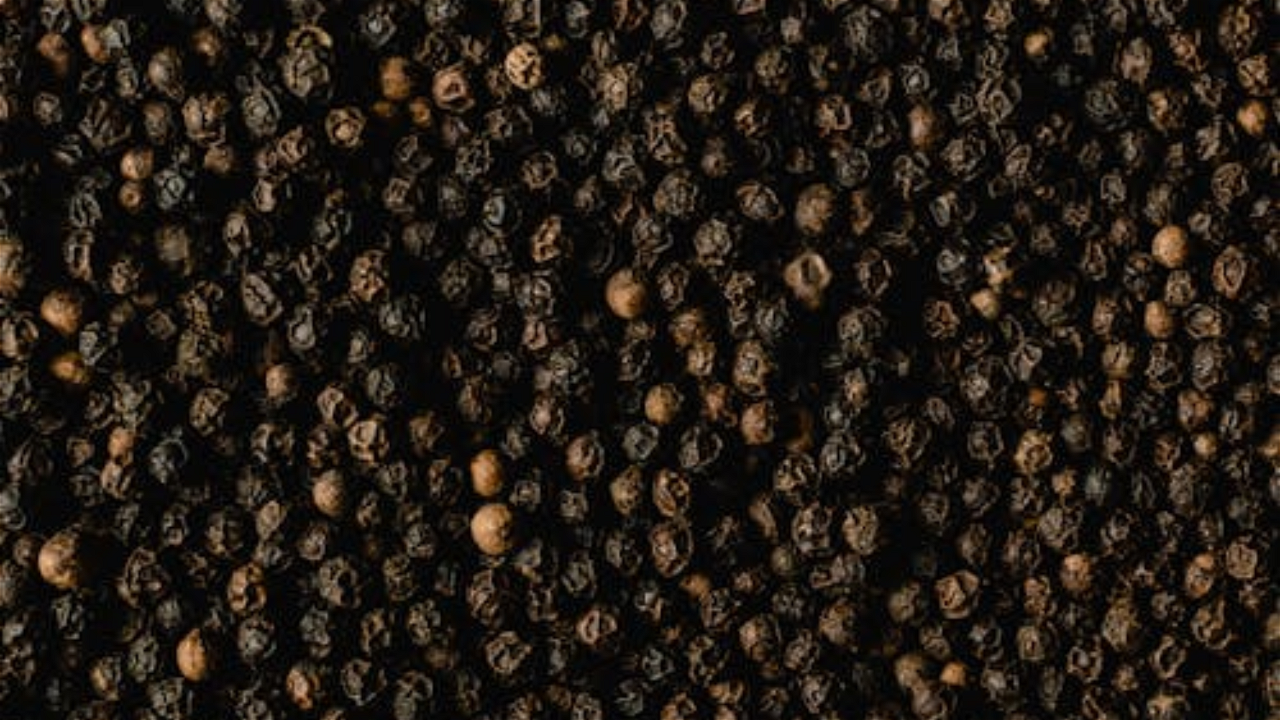
Black pepper, revered as the "king of spices," has a rich history spanning centuries, cherished for its distinct flavor and medicinal properties. In this exploration, we delve into a spectrum of black pepper varieties, each offering unique traits tailored to different growing conditions and preferences.
Sreekara
Sreekara, released in 1990, is celebrated for its adaptability to diverse climatic conditions, thriving in pepper-growing regions across Kerala and Southern Karnataka. With a medium maturity group and a potential yield of 4200 kg dry pepper/ha, this variety ensures productivity when clonal planting material is used, and recommended plant protection measures are followed.
Subhakara
Derived from the Karimunda (KS 27) selection, Subhakara, introduced in 1990, flourishes in all pepper-growing regions of Kerala and Southern Karnataka. Offering a yield of 2352 kg dry pepper/ha (potential yield: 4487 kg dry pepper/ha), its ovate leaves and adaptability mark it as a standout choice for pepper cultivation.
Pournami
Pournami, originating from germplasm (coll.812) selection in 1991, finds its stride in the regions of Kerala and Karnataka. With a yield potential of 5356 kg dry pepper/ha and tolerance to root-knot nematodes, this variety promises substantial productivity and quality pepper output.
PLD-2
PLD-2, introduced in 1996 from Kottanadan (Coll.2559) selection, thrives primarily in Trivandrum and Quilon districts. Belonging to the late maturity group, it offers significant productivity and high-quality pepper suited for various growing areas.
IISR-Thevam
IISR-Thevam, released in 2004, shines as a clonal selection from Thevanmundi, well-suited for high-altitude areas and plains. With a yield of approximately 5.17 kg per vine (fresh) and tolerance to foot rot diseases, it stands resilient against challenging conditions.
IISR-Girimunda
Introduced in 2004, IISR-Girimunda boasts a hybrid pedigree, excelling in high-altitude regions. With an impressive yield and robust performance, it emerges as an ideal choice for growers navigating demanding environments.
IISR-Malabar Excel
In 2004, IISR-Malabar Excel emerged as a hybrid tailored for high-altitude regions, distinguished by its quality attributes and suitability to elevated terrains.
IISR-Shakthi
IISR-Shakthi, released in 2004, stands out for its adaptability to both plains and high ranges under rain-fed conditions. Tolerant to Phytophthora foot rot, it offers growers a reliable option for diverse environments.
ArkaCoorg Excel
Introduced in 2012, ArkaCoorg Excel represents a promising choice for cultivation in the Kodagu district and similar regions, with robust morphological characteristics and the potential for optimal pepper production.
















